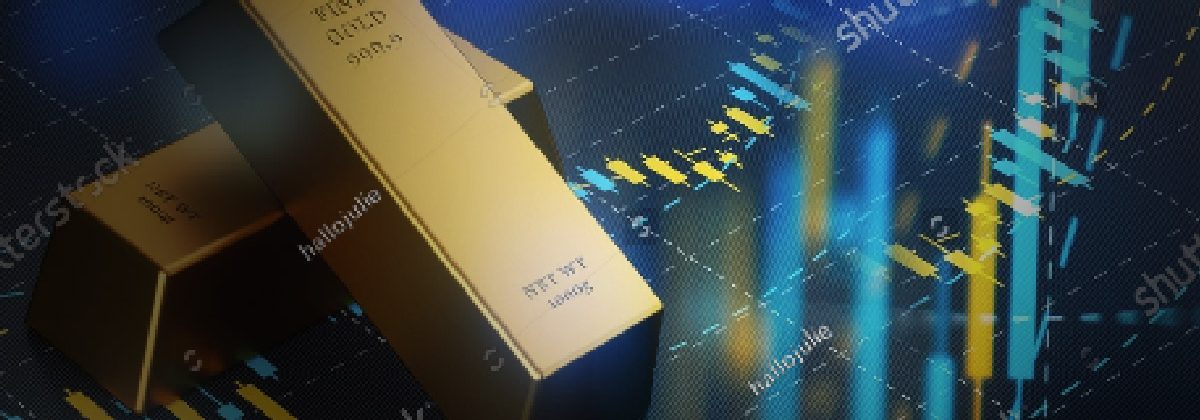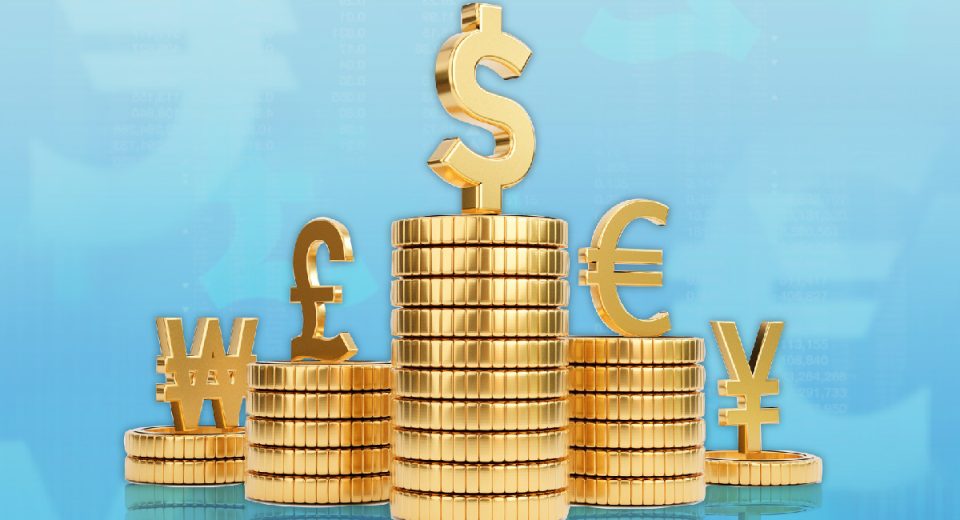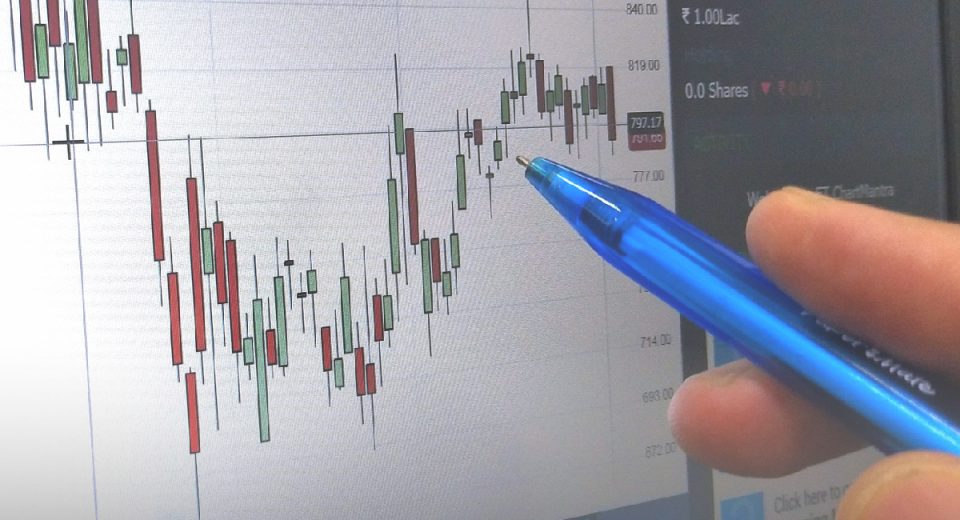The Role of Gold in Risk Management for Traders

XAU/USD surged over 18% in the 12 months from the March 2023 banking crisis. Key drivers of this growth included mistrust of the banking ecosystem, speculation of monetary easing by the Fed and ECB, continuing geopolitical conflicts in Europe (Russia vs. Ukraine) and the Middle East, and speculations of subdued global economic growth in 2024.
With impending elections in over 40 countries and the expected downside in the USD as the Fed trims interest rates, the yellow metal is expected to continue to shine bright with a potential upside of 30% from the Q1 2024 levels through 2025. In the current backdrop, it is no wonder that traders are looking for ways to hedge their portfolios by participating in the gold markets. However, gold trading isn’t without its share of risks. Learn how to manage risks before you trade gold and other precious metals.
Risks Associated with Gold Trading
Being the most traded commodity, the shiny metal is vulnerable to multiple risks.
Volatility
Gold prices can move rapidly in certain circumstances, such as the onset of the Israel-Palestine conflict. Traders tend to opt for safe havens at the first signs of geopolitical unrest and uncertainty in the financial markets.
Counterparty Risk
When one of the parties involved in a trading contract does not fulfill the obligations of the agreement, the other has to bear the losses.
Counterfeiting
Counterfeiting risk is associated with physical gold trading. The shiny metal holds the status of a safe haven. Bullion traders may face issues of receiving low-grade gold.
Inflation Risk
This risk is particularly significant for traders in emerging economies. Spikes in inflation may eclipse gold appreciation. For instance, gold prices remained depressed during the 1990s due to inflation.
Strategies to Manage Gold Trading Risk
The most popular strategies to manage risks associated with gold trading are:
Risk Assessment and Analysis
Before you begin trading, assess your financial goals, capital levels, and risk appetite. Knowing your risk tolerance levels helps you size positions appropriately. Traders use position size and order limit calculators to trade within the limits of their risk tolerance.
You can practise timing position sizing and entry and exit using a demo account before entering the live markets. A good tip is to maintain a trading journal to record your wins and losses to learn from them.
Diversification
A balanced portfolio is critical to mitigate the risk of trading any instrument. Gold traders can hedge potential risks by including negatively correlated instruments in their portfolios, such as the USD. Equities and gold are also inversely correlated, since growth in equities is usually not accompanied by a gold rally.
However, Q1 2024 was an exception. While AI-based equities drove the S&P 500 higher, gold hit record highs, due to the interplay of several factors. One of them was that the consolidation of the AI sector in the top-heavy index was taken as an indication that the AI bubble was ready to burst, while gold surged as a hedge against geopolitical and economic risks.
Choose a broker that offers a variety of trading instruments to help you effectively diversify your portfolio and keep you updated about such anomalies.
Hedging
Another great way to trade gold is via CFDs. By being able to speculate in both rising and falling markets, traders can open long and short positions simultaneously to minimise losses if the market moves against them. For instance, if you expect the XAU/USD to surge, you can open a larger long position and hedge it with a smaller short trade. Use trailing stop loss and take profit orders to optimise profits and limit losses.
CFDs are a great way to gain exposure to the gold markets without needing to own or take possession of physical gold. This protects you against counterfeit risk and eliminates the cost of keeping the bullion secure in lockers. However, CFDs involve the use of leverage. Trade precious metals via CFDs only after understanding the ways to use leverage wisely and with stringent risk management.
Stay Updated
Gold prices surged 9% within 3 weeks of the Hamas attack on Israel. The XAU is sensitive to many factors, and staying on top of economic updates, the geopolitical environment, and the gold mining and purifying industries can help you make informed trading decisions.
Choose a broker with sufficient tools, regular news updates, and expert analysis to facilitate technical and fundamental analysis.
Choose a Trusted Broker in Your Country
This is the first step to ensuring satisfying trading experiences. Brokerages with licenses from Tier-1 regulators and reputed partnerships to offer sustained liquidity offer elevated experiences. These brokerages also allow you to trade gold via derivative instruments, such as CFDs, to prevent exposure to the risk of physical gold trading. They also alleviate market-making risks and offer quick order settlement to minimise slippage.
Risk management is key to trading any instrument. Gold, being a store of value and having immense potential value, can be a great inclusion in your portfolio. Ensure that you practise risk management diligently and keep learning from your mistakes.
To Sum Up
- The current economic climate is favourable to adding gold to your financial portfolio.
- Gold is vulnerable to volatility, geopolitical, and counterpart risks.
- Trading gold via CFDs alleviates counterfeit risk.
- Adopt stringent risk management strategies to trade the yellow metal confidently.
- Choose a brokerage that enables diversification, informed decision-making, and provides a secure trading environment.
Disclaimer:
All data, information and materials are published and provided “as is” solely for informational purposes only, and is not intended nor should be considered, in any way, as investment advice, recommendations, and/or suggestions for performing any actions with financial instruments. The information and opinions presented do not take into account any particular individual’s investment objectives, financial situation or needs, and hence does not constitute as an advice or a recommendation with respect to any investment product. All investors should seek advice from certified financial advisors based on their unique situation before making any investment decisions in accordance to their personal risk appetite. Blackwell Global endeavours to ensure that the information provided is complete and correct, but make no representation as to the actuality, accuracy or completeness of the information. Information, data and opinions may change without notice and Blackwell Global is not obliged to update on the changes. The opinions and views expressed are solely those of the authors and analysts and do not necessarily represent that of Blackwell Global or its management, shareholders, and affiliates. Any projections or views of the market provided may not prove to be accurate. Past performance is not necessarily an indicative of future performance. Blackwell Global assumes no liability for any loss arising directly or indirectly from use of or reliance on such information herein contained. Reproduction of this information, in whole or in part, is not permitted.




